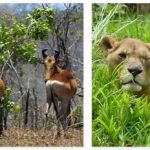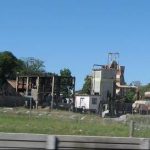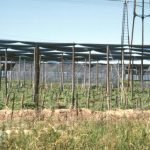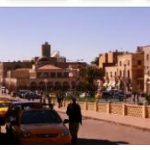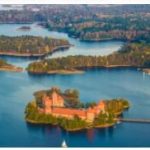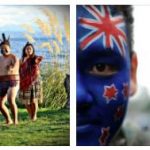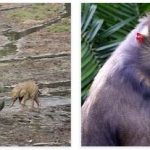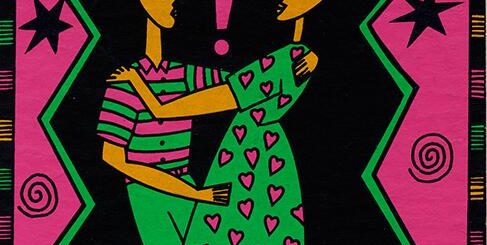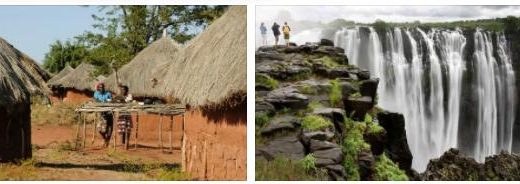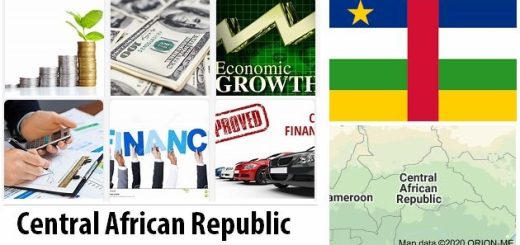Cape Verde Overview
Animals and Plants
Which animals live on Cape Verde?
Due to the remote location of the islands, there are animals that only live here (and nowhere else on earth). It’s called endemic.
There are 75 species of birds in Cape Verde, several of which are endemic. This includes the rasolerche. It occurs only on the Ilhéu Raso, one of the uninhabited islands of Cape Verde. The Cape Verde sparrow and the Bourne heron from the purple heron family also only live in Cape Verde. Many seabirds breed here, including the Cape Verde petrel, which, apart from the Cape Verde island of Santiago, only breeds on the Madeira island of Bugio.
In addition to these birds, there are many other species that also live elsewhere, for example the greater flamingo, the red-billed tropical bird, the gray-headed bird or the Egyptian vulture. 140 species of migratory birds stop in Cape Verde.
There are also some endemic species among the reptiles, especially the lizards. There are only a few species of
mammals. Originally only bats were at home as mammals, no other mammals. Bats living here are, for example, the white-rimed bat and the alpine bat. Wild goats live on Fogo as descendants of the domestic goats that the Portuguese brought with them. Rodents and monkeys were also brought in from outside. This also applies to the slim mongoose.
Whales, dolphins, sharks and turtles live in the water around the islands. The green sea turtle (unfortunately mostly called green turtle here) breeds in Cape Verde. Humpback whales are also an important area for their young in the Cape Verde region.
What is growing in Cape Verde?
Large regions of the Cape Verde Islands are very dry. Only plants that can get by with little water grow here. The landscape is threatened by more desert formation and erosion.
Originally, large parts of the islands were covered with forest. But that was cut down in order to gain arable and pasture land. Even in the dry areas, humans used the land, so that only parts of the former savannah landscape with grass and bushes remained. Tamarisks, the Atlantic phoenix palm, the ana tree and the black ironwood (Olea capensis) thrive on dry areas). In order to reforest the forest, pines, oaks and chestnuts have been planted in recent decades, i.e. trees that were not originally native here.
In the mountainous regions more rain falls and it is therefore much more humid than on the coast or on the flatter eastern islands. The air is also humid from the nearby sea, and it is often foggy. Remains of the original laurel forest can still be found in these areas. Laurel plants grow here. They are evergreen, so don’t shed their leaves as it doesn’t get that cold in winter. They include, for example, Apollonias Ocotea and Persea. Other trees that grow here are dragon trees and the Picconia olive tree.
Many plants are on Cape Verdeendemic, so only found here and nowhere else. These include types of bellflower (Campanula bravensis), Artemisia (Artemisia gorgonum), lotus flowers (Lotus jacobaeu s) or lavender (Lavandula rotundifolia).
Economy
The economy of Cape Verde
Few natural resources and a semi-desert climate make economic performance in Cape Verde difficult. The country is supported by money from Cape Verdeans who live abroad. The number of these emigrants is greater than the population of Cape Verde itself.
The economy of Cape Verde has been growing since the late 1990s. In 2008 Cape Verde became only the second country in Africa (after Botswana) to be upgraded from an underdeveloped country to a middle income country.
Services
The state’s income (measured as gross domestic product) comes to a large extent (73.7 percent in 2017) from services. Trade, transportation and public services are important areas here. Tourism has also played a somewhat larger role for a number of years. The island of Sal is particularly popular with tourists, and the white beaches of Boa Vista and Maio also attract visitors. Divers and surfers also come or the volcano on Fogo is viewed.
Bananas and Corn – Agriculture
Only 8.9 percent of the income comes from agriculture. Bananas, corn, beans, sweet potatoes, sugar cane, coffee and peanuts are grown. Fish is also caught off the coast. The aridity of large regions of the islands makes cultivation difficult. A large part of the food must therefore be imported (bought abroad).
Food and fish processing – the industry
Industry contributes 17.5 percent to the gross domestic product. There is food production and fish processing, clothes and shoes are made, salt is mined on Sal and Maio. Fish, clothing and shoes are exported (sold abroad).
Everyday Life
Everyday life in Cape Verde
It’s colorful in Cape Verde. For more articles on Cape Verde and Africa, please visit thereligionfaqs. The houses in the Portuguese colonial style are brightly colored, the people are dressed in bright colors, the market and sales stalls are brightly colored with fruits of all colors!
The Cape Verdeans are the descendants of Portuguese and Africans. They are called creoles. Skin colors can be seen in all shades from very light-skinned to deep black. Most people have black hair. But sometimes there are also people with blonde hair and dark skin.
Morna
Music is also an essential part of everyday life. Cape Verde is known for its morna music. This is slow, somewhat sad guitar music. The singing is often about homesickness, the sodade, because many Cape Verdeans live abroad. The most famous Cape Verdean singer is probably Césaria Èvora (1941-2011). You can hear them here. Mayra Andrade also sings Morna music in Creole.
The Ouril game
You may also see children or men playing the Ouril game on the street. It is known by many names in West Africa, in Ghana it is even a national game as Oware. The game is played with a board that contains hollows. There you put stones or beans according to certain rules.
Shopping in Cape Verde
To buy groceries, you go to the market, buy from vendors on the roadside or go to a mercearia, a small shop. Sucupira are the names of markets where clothes, shoes, pots, tools, cosmetics and much more are sold.
Out and about in Cape Verde
The most common means of transport in Cape Verde is the shared taxi, which is called Aluguer here. This literally means “to rent”. Mostly it is minibuses or pickups that drive through the streets as Aluguers. It is customary that the car only drives off when it is fully occupied. Teutrer are taxis that have a different color on each island, for example yellow on Fogo or white on Sao Vicente.


